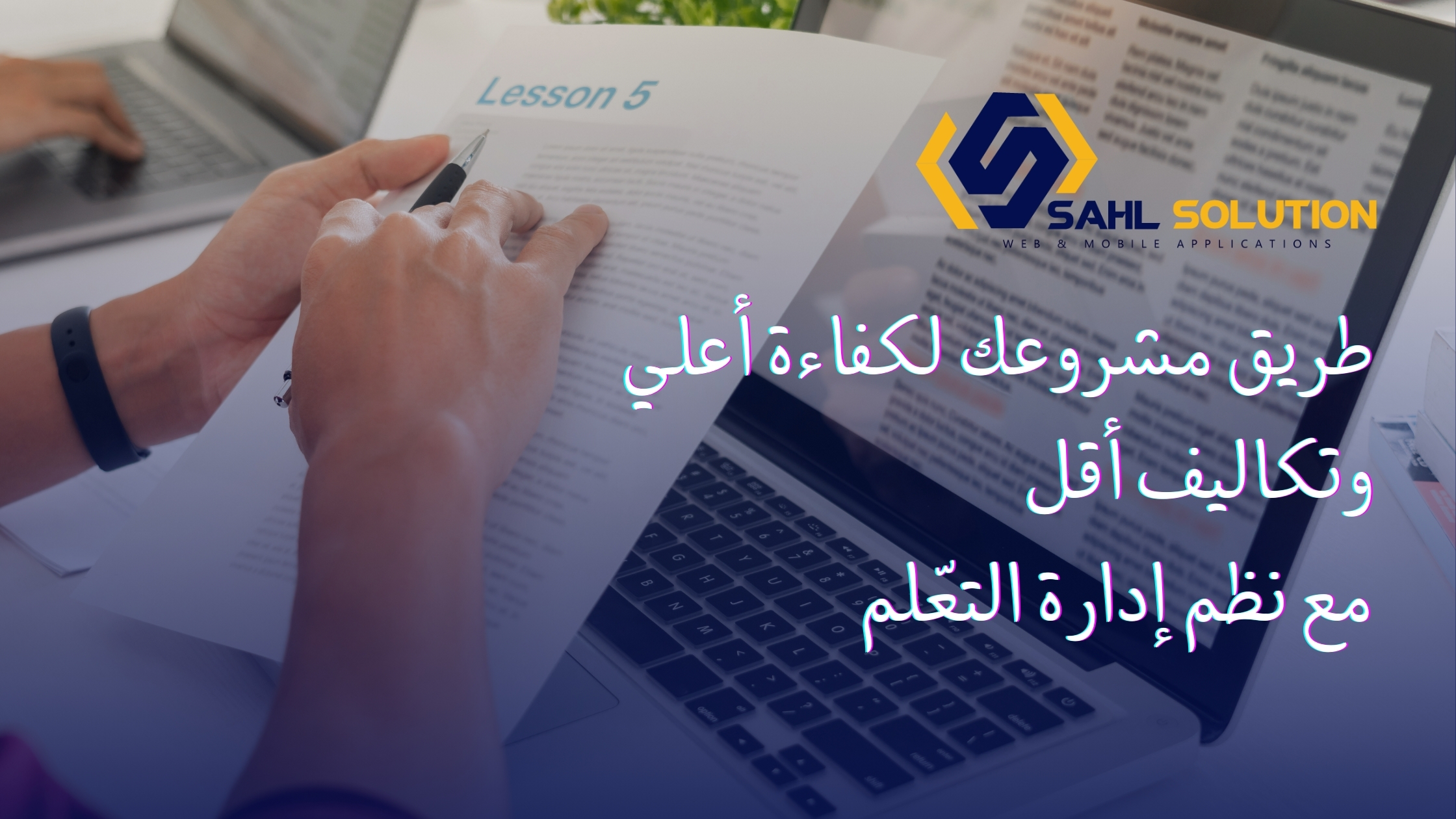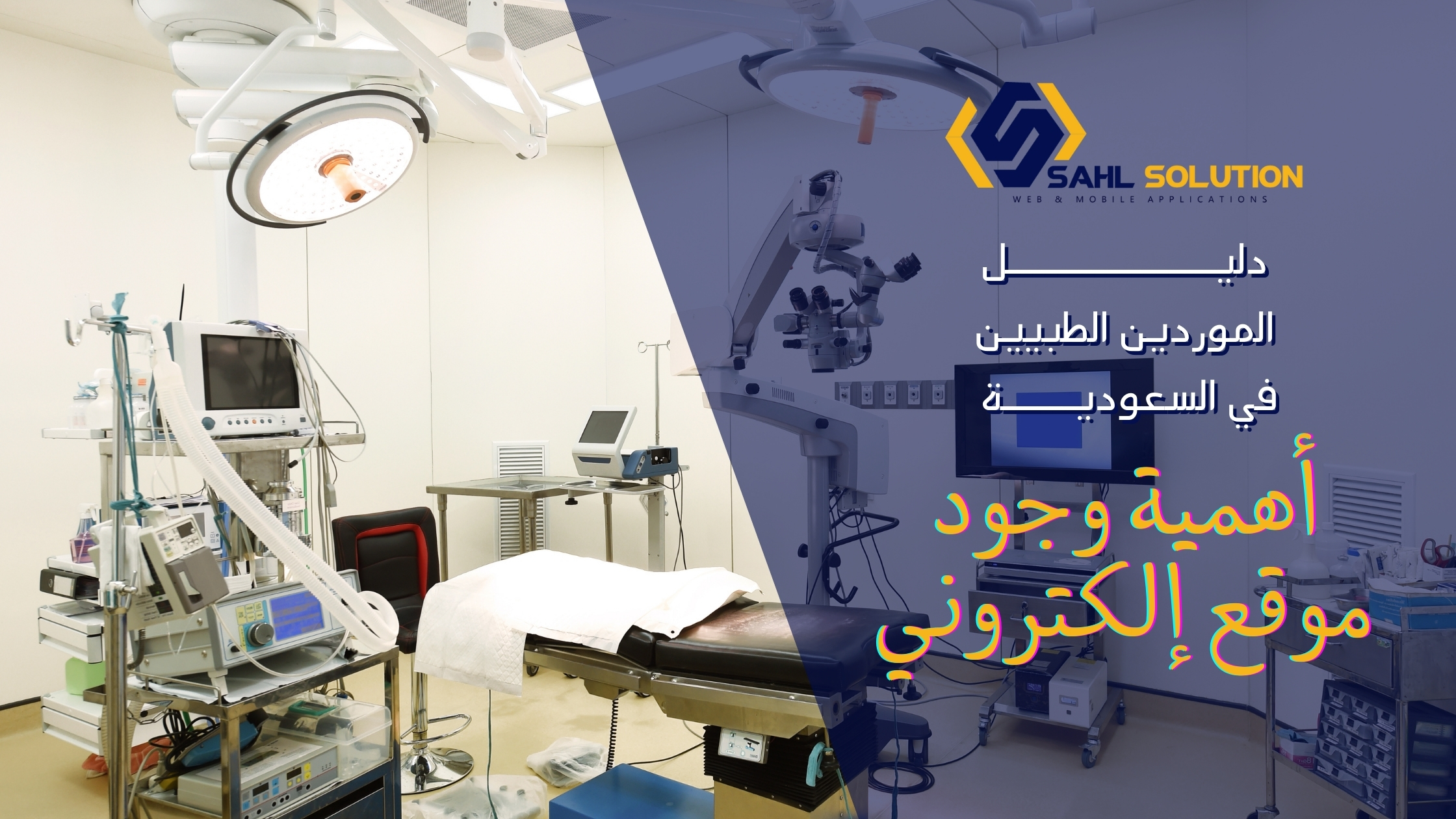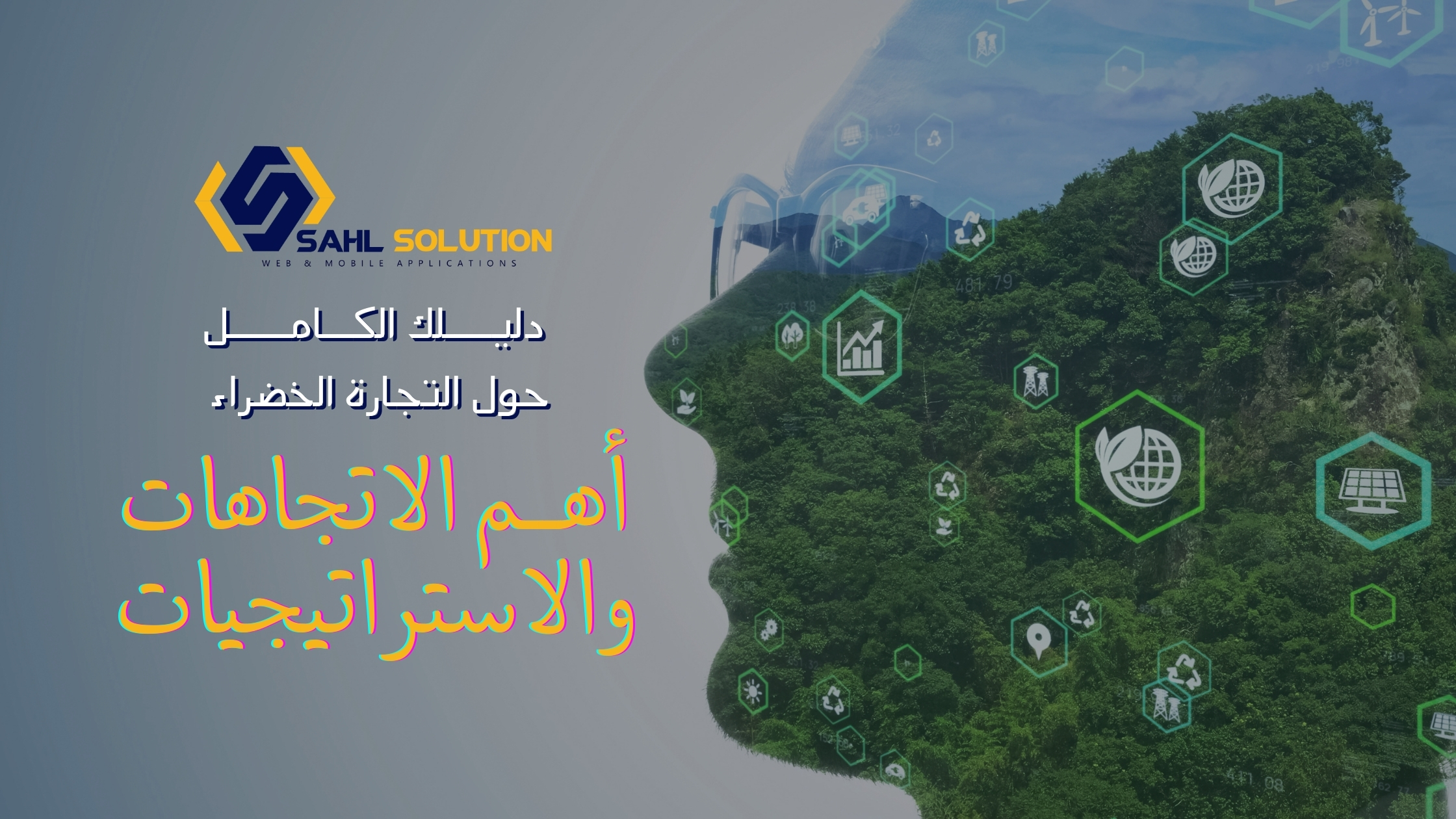Currently, the need for e-learning and distance training is increasing, which has made training centers face a new challenge in integrating a modern learning management system (LMS) with traditional teaching methods. In this article, we will look at how training centers combine modern LMS solutions with traditional teaching methods to enhance learning outcomes. We will also learn about the benefits and processes required to make this transition smooth and efficient.
- Understanding the learning management system (LMS):
A learning management system (LMS) is a technology platform used to manage and deliver educational content online. LMS includes many features such as course management, tracking student progress, providing assessments and tests, and providing communication and interaction tools between students and instructors.
Benefits of using LMS:
- Accessibility: Students can access study materials anytime and from anywhere, which facilitates the learning process and increases the flexibility of schedules.
- Performance tracking: LMS provides detailed reports on the progress of students, which helps instructors to provide the necessary support in a timely manner.
- Interaction and participation: LMS enables tools for communication and interaction between students and instructors, such as forums and instant discussions.
- Preparing to merge LMS With traditional methods of Education:
Before proceeding with the integration of LMS with traditional methods of education, training centers should take some preparatory steps to ensure the success of the process.
Needs analysis:
Training centers must first identify current educational needs and determine what goals they would like to achieve by integrating LMS. This analysis helps in choosing the right system and effectively allocating resources.
Choosing the right system:
When choosing an LMS, you should consider the features and functions that it offers, such as ease of use, compatibility with various devices, and available technical support. The cost and availability of features that meet the needs of training centers should also be considered.
Training of trainers:
Training of trainers on the use of LMS is an essential step for successful integration. Training courses and workshops should be offered to trainers to help them familiarize themselves with the system and use it efficiently.
- Merge LMS With traditional education:
After good preparation, the integration of LMS with traditional methods of education can be started by following some practical steps.
Development of integrated educational content:
Trainers should work on the development of integrated educational content that fits into the traditional and electronic systems. Lessons can be divided into small modules and uploaded to LMS, with the provision of supplementary materials such as videos and interactive exercises.
Use of electronic assessments:
The assessment tools available in the LMS can be used to conduct continuous Tests and assessments of students. These tools help measure students ' progress accurately and quickly, providing instant feedback.
Encourage interaction and participation:
To ensure student interaction, communication tools available in LMS such as forums and instant discussions can be used. Encouraging students to participate in these tools enhances their understanding and makes the educational process more effective.
- Monitoring and evaluation of the integration process:
After the integration of the LMS, the training centers must periodically monitor and evaluate the process to ensure that the desired goals are achieved.
Collect feedback:
Feedback from students and instructors can be collected to identify the strengths and weaknesses of the integration process. Such feedback helps to improve the system and develop more effective educational strategies.
Data analysis:
Use LMS reports and analytics to track student progress and identify areas that need improvement. These data help to provide the necessary support to students and improve the quality of Education.
Making continuous improvements:
Training centers should be flexible and ready to make the necessary improvements based on feedback and analyzed data. Continuous improvement ensures maximum utilization of both traditional and electronic systems.
Conclusion:
The integration of a modern learning management system (LMS) with traditional training centers is a vital step to improve the quality of education and provide an outstanding learning experience for students. With good preparation, the development of appropriate educational content and the use of assessment and communication tools available at LMS, a smooth and effective transformation can be achieved. Training centers that adopt this process will be able to offer a flexible and comprehensive education that meets the needs of students and instructors alike. Invest in this step to improve learning outcomes and expand your impact in the educational field.



